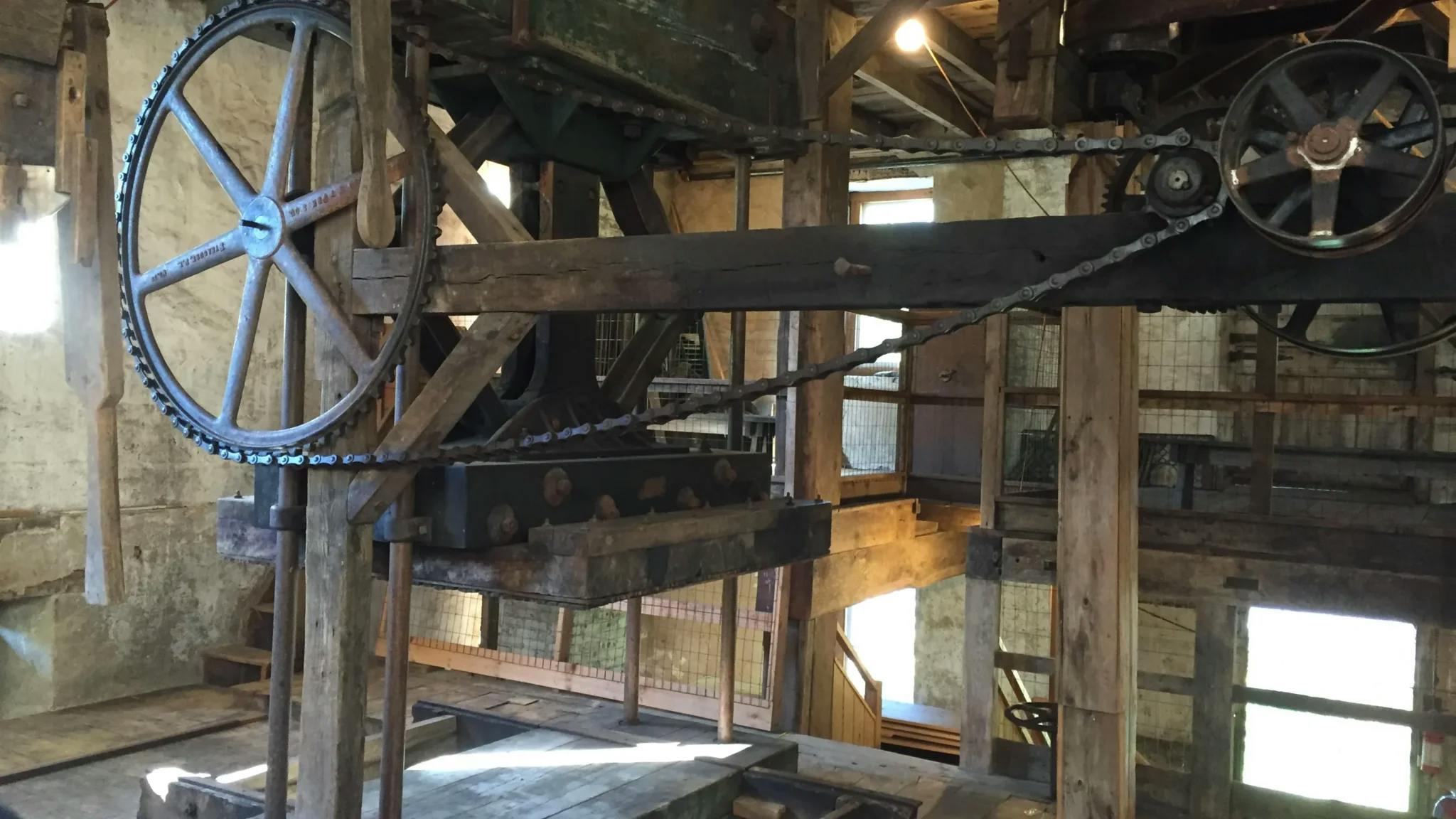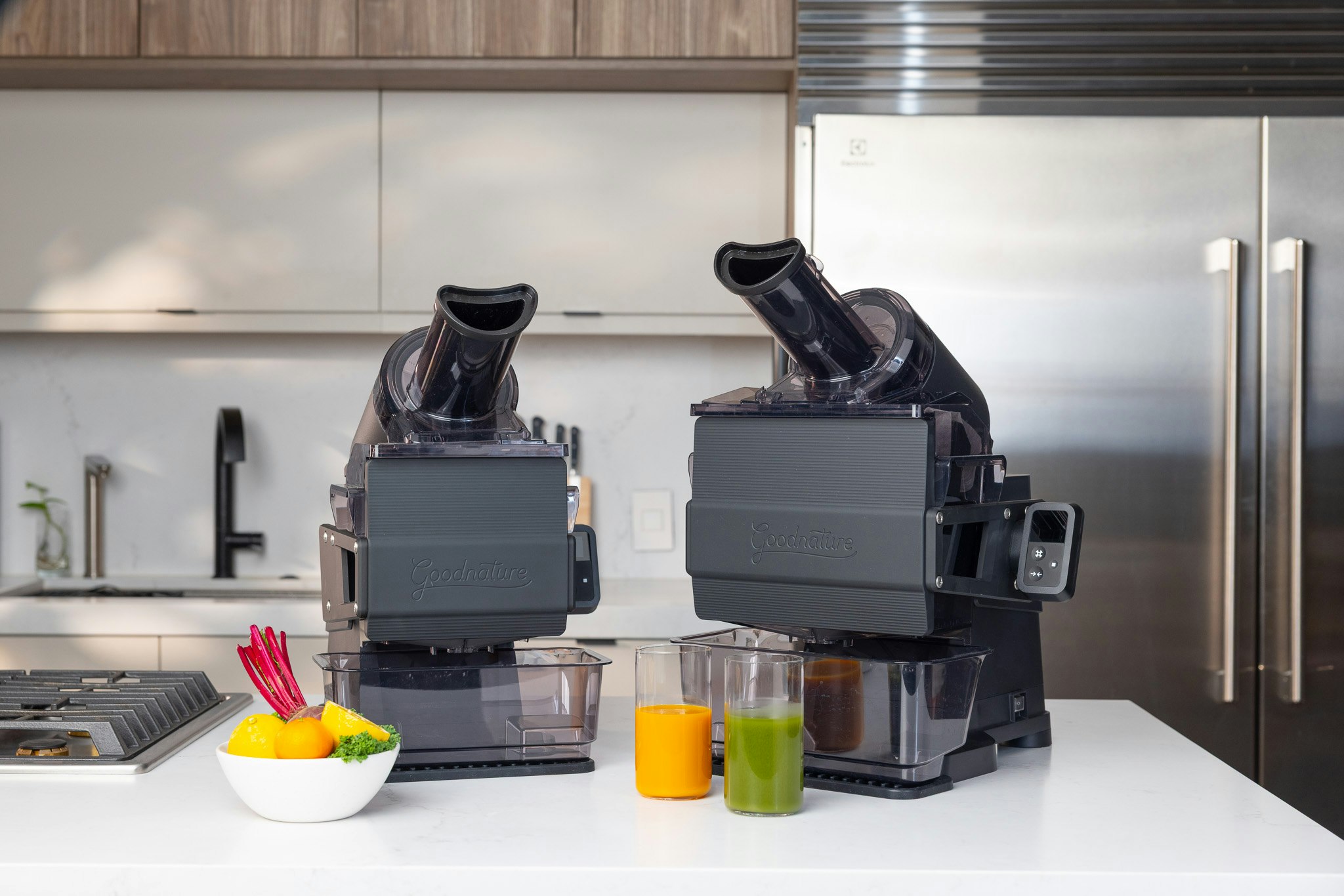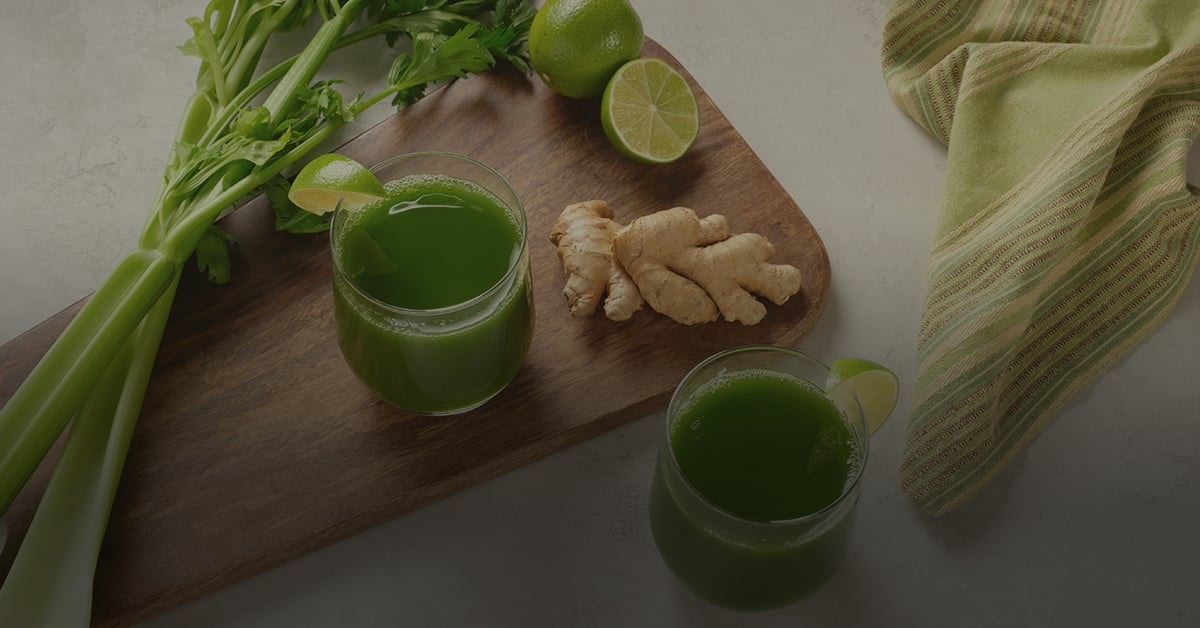The term "cold press juicer" might be a bit confusing, because it's been used a couple of different ways since the term was invented back in the 1950's. Let's look at how the term came to be and how it's been adopted in the past 10 years.
What Does Cold Press Juicer Mean?
To understand what it really means, it's helpful to understand a bit about the history of juicing dating back hundreds of years.
The first juicers ever made were "rack and cloth" style presses used for apple cider and wine production dating back thousands of years. In this style, the fruit is ground up (or crushed), then folded into multiple layers of cloth bags and pressed manually with large wooden presses. This original style of juice press is a two step process - grinding and pressing. Here is a photo of a rack and cloth cider press dating back to the 1870's.

Much later, Dr. Norman Walker invented what is believed to be the original home juicer in the 1930's. The juicer was called the Norwalk Press Juicer. This machine used a similar two step process - the fruit was ground in a grinder, then folded in a cloth bag and pressed in a small hydraulic press.
Although Norwalk juicers are no longer manufactured, you can still find this two-step method (although more automated and easier to use) being used today in Goodnature cold press juicers, used by thousands of juice bars and homes all over the world.
This two-step method (grind and pressing) is what started to be referred to as "cold press juicing". A cold press juicer is also referred to as a juice press, since the extraction is done in an actual press (usually hydraulic).
Cold Press vs Regular Juicers
When people refer to a "regular juicer", they are usually referring to one of two technologies:
Centrifugal Juicer
In the 1950's, the first centrifugal style juicer was invented. In this style, the fruit drops into a fast-spinning mesh filter basket made from a metal screen. The centrifugal force of the spinning basket throws the fruit against the screen. This effect leads to the fruit breaking into pieces, and ultimately the juice being extracted through the mesh screen.
This technology was adopted for home users because the machines were much cheaper to manufacture, and the juice extraction would happen faster.

Masticating Juicer (AKA "slow juicer" or "auger juicer")
Masticating juicers were developed a bit later, the first one being the Champion juicer in the US, then later became more popular with brands like Kuvings, Hurom, and Nama (all manufactured in South Korea).
Masticating juicers, like centrifugal, also use a mesh metal basket to do the extraction, the key difference being that instead of using centrifugal force to grind the fruit against the screen, it is pushed against the screen by a slow turning screw (or "auger"). Many of the masticating technology brands adopted the term "cold press" for their own technology, even though the technology and juice quality is very different. In the marketing, these brands focus on the speed of extraction (which creates less heat), but ignore the fact that there is not actually a press involved in the extraction.
Compared to a real cold press, a masticating juicer produces juice that contains much more pulp, more foam, and more separation than a true cold press juicer. Additionally juice made in a real cold press juicer will last many days longer in a refrigerator than juice made on a masticating juicer.
The Best Cold Press Juicer
If you're looking for a cold press juicer for your home or business, you should decide which technology best suits your needs. If you're just getting into juicing or are on a tight budget, you might consider starting with a masticating juicer. If you're looking to produce the highest quality cold pressed juice in bulk quantities for your family or business, you should consider a the Goodnature Hummingbird cold press juicer.
In 1976, Goodnature's founder Dale Wettlaufer invented what is now the industry standard in true cold press technology. The technology was first used by apple cider producers, but has since been adopted by high quality cold pressed juice brands including Suja, Pressed Juicery, Whole Foods Market, Erewhon Natural Grocer, and thousands of local juice bars.
Advantages of a Cold Press Juicer
Using a real two-stage cold press juicer comes with several advantages vs a regular juicer:
- Higher yield. Using a real juice press extracts up to 30% more juice, giving you more nutrients and more value for your money when buying expensive produce. The pulp comes out much dryer, leaving less waste. Juice businesses especially love this feature.
- Longer shelf life. A real juice press is a more natural process, which helps the juice last up to 7 days in a refrigerator. For home users, this means you can reduce your juicing to once or twice per week, instead of every day or every two days.
- Naturally sweeter tasting juice. Even though the ingredients may be the same, when extracting juice in a juice press, it will taste sweeter because it contains a lot less pulp compared to regular juicers.
- Better taste and mouth feel. Since a cold press juicer removes almost 100% of the pulp, the juice tastes much "cleaner" and the juice tastes much closer to the actual ingredient you're juicing.



Comment